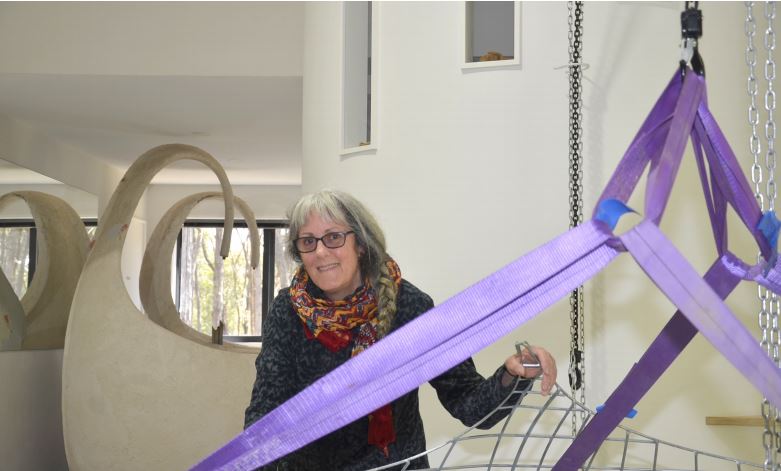July 25th, 2022Pole worm threat
Barber’s pole worm (Haemonchus contortus) is a blood sucking roundworm of sheep and goats, with minor crossover into cattle.
The worm gets its name from the ‘Barber-pole’ colouration of the female worm as its blood-filled intestine and uterus intertwine.
Typically, Barber’s pole worms favour warm, humid conditions.
Its lifecycle is like other roundworms. The eggs are passed in an animal’s faeces, they hatch, develop to an infectious stage, are eaten by a susceptible animal and develop into an adult worm in the animal’s fourth stomach.
Signs of Barber’s pole worm include anaemia due to blood loss and lethargy.
Affected animals may flop down when mustered briskly and have extremely pale inner eyelids and gums.
All body condition types can be affected and in more chronic cases you may see ‘bottle-jaw’ due to loss of blood protein.
Two to three centimetre long adult female worms can be easily seen on a fresh post-mortem in the stomach contents of an affected sheep.
Worm burdens caused by Barber’s pole worm can build up relatively quickly in affected sheep due to the fact they have a relatively short life cycle and produce many eggs compared with other roundworms.
For example, a sheep affected with roundworm will have an egg count in the 1000s compared with one affected by scour worms with an egg count in the 100s.
Barber’s pole worm can be managed and treated with much the same approach used for other roundworms.
An internal parasite control drench, administered by either injectable, pour-on or orally are most effective
Affected stock should be moved onto a clean paddock so worm egg counts can be monitored.
For further advice please contact your local veterinarian, Agriculture Victoria Veterinary or Animal Health Officer, or in NSW your Local Land Services or visit WormBoss at https://www.paraboss.com.au/wormboss.php .










